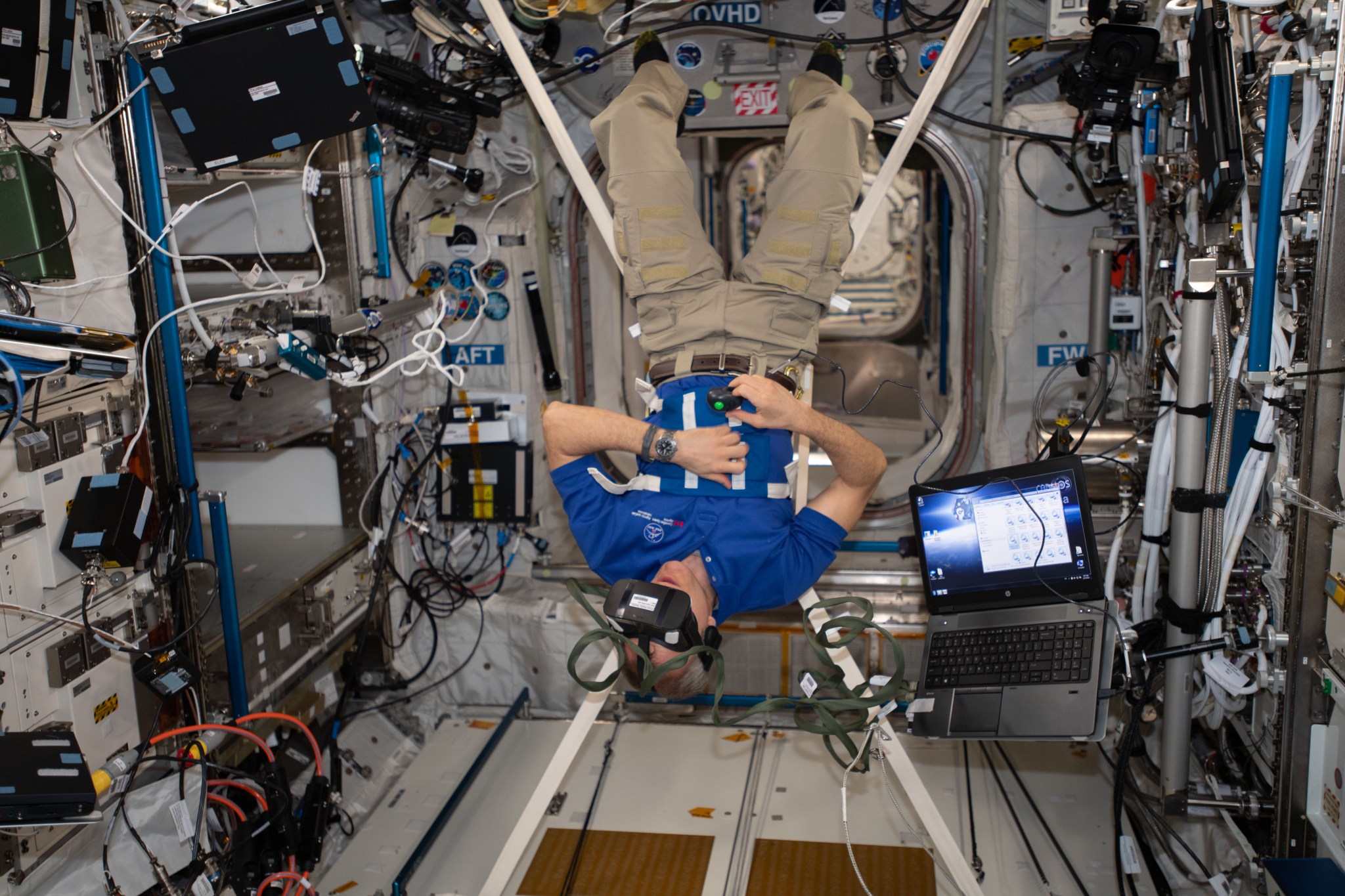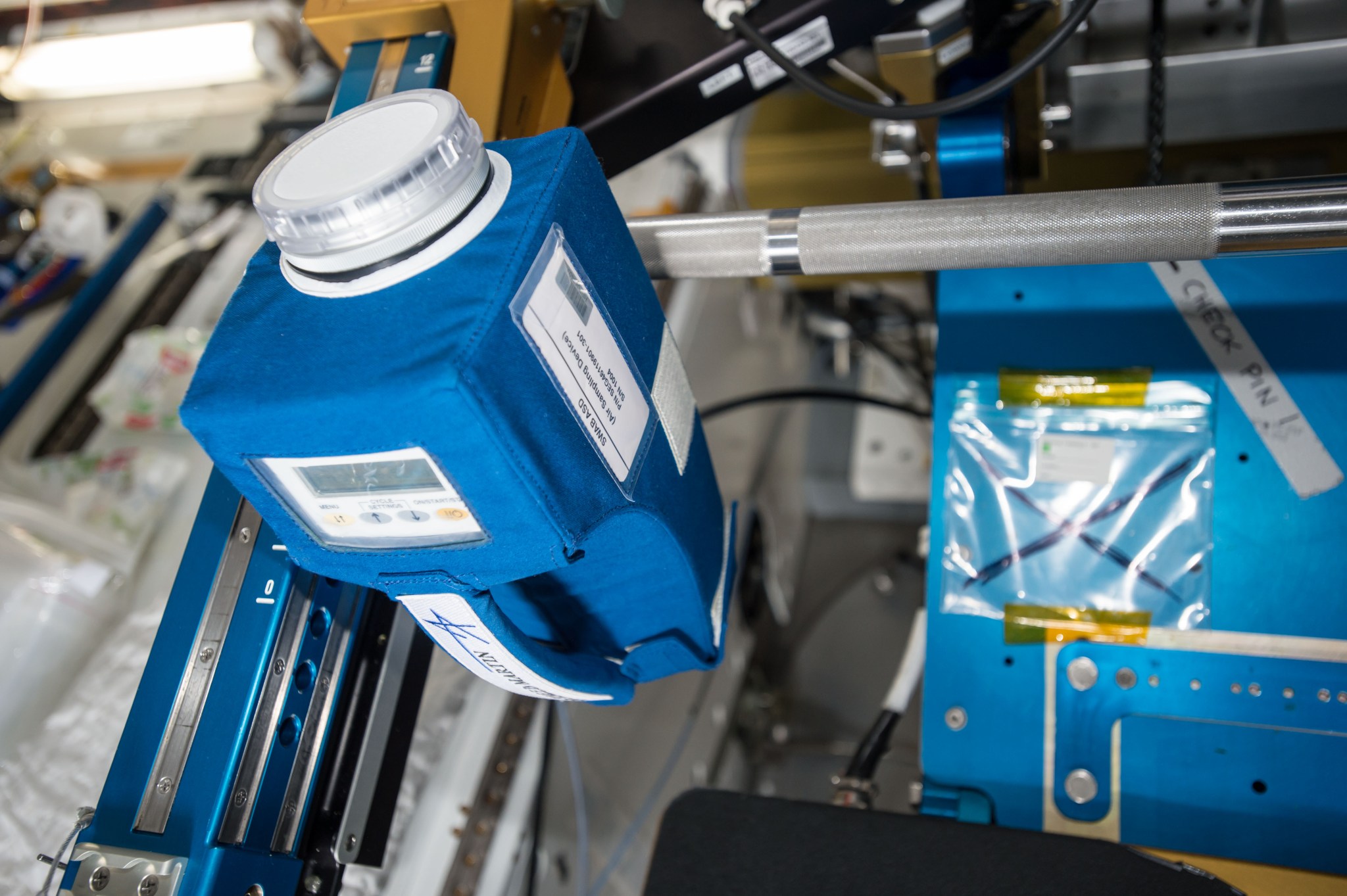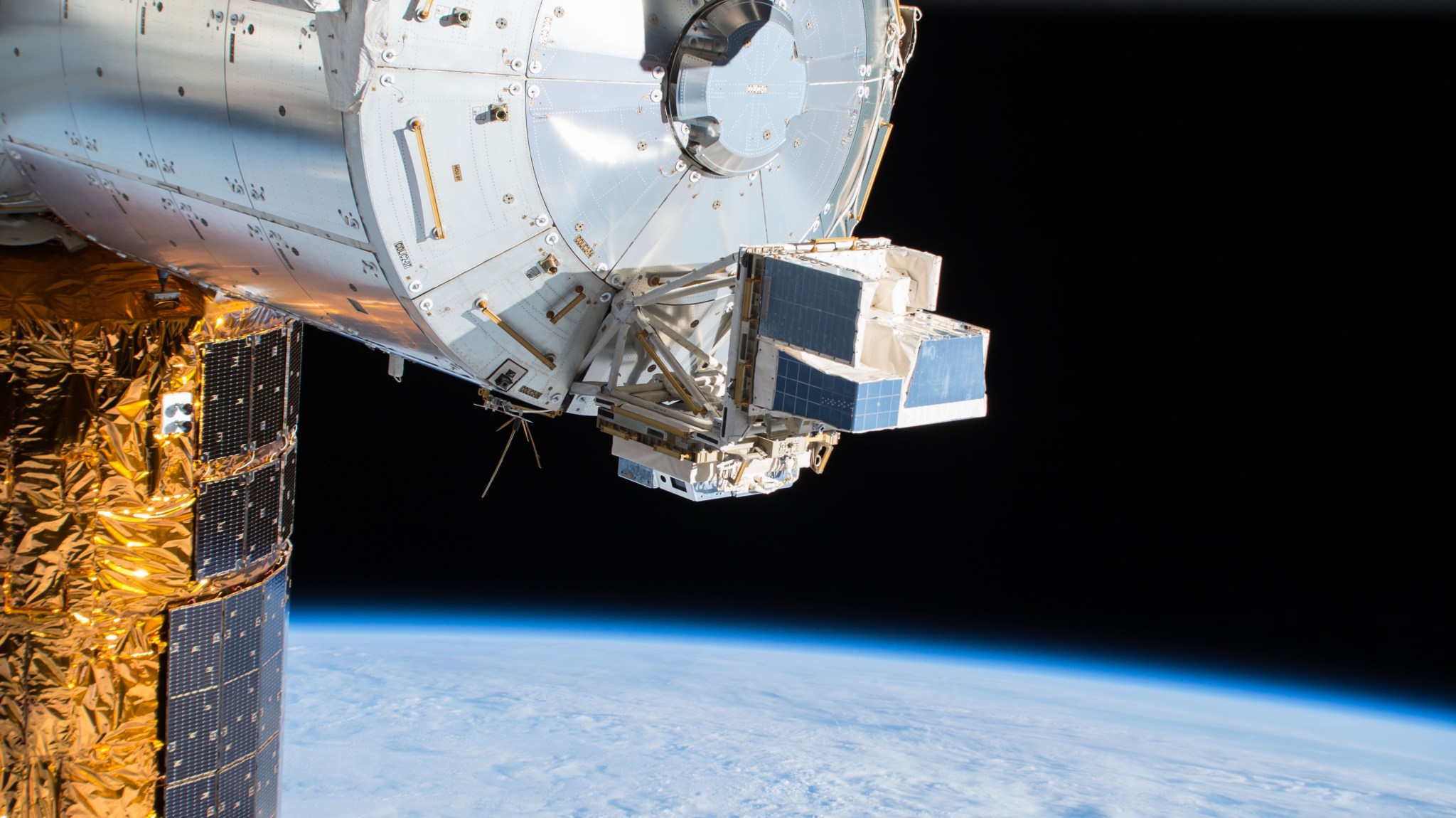Microgravity had no immediate effect on a person’s ability to perceive the height of an object, indicating that astronauts can safely perform tasks that rely on accurate and precise height judgments soon after arrival in space.
We use the height and width of objects around us to complete tasks such as reaching for objects and deciding whether we can fit through an opening. VECTION, an investigation from the Canadian Space Agency, examined the effect of microgravity on an astronaut’s visual perception and how that ability may adapt during flight or upon return to Earth. Researchers conclude there is no need for countermeasures but suggest that space travelers be made aware of late-emerging and potentially long-lasting changes in the ability to perceive object height.
Analysis of the genomes of five new species of bacteria found on the International Space Station identified specific adaptations to space, including the development of increased antibiotic resistance and a greater potential for causing diseases. The genes that facilitate these adaptations could serve as potential targets for drugs, helping to protect crew health on future missions.
Microbial Tracking-2 monitored viruses, bacteria, and fungi on the space station to catalog and characterize any with the potential to cause disease. Understanding the mechanisms behind adaptations to space could advance development of ways to protect crew member health as well as spacecraft and equipment on future missions. Microbial adaptations also have potential applications in biotechnology, such as engineering more resilient organisms for use in space and extraterrestrial environments.
When NASA’s Airborne Lightning Observatory for Fly’s Eye and the space station’s ASIM instrument briefly passed over the same geographic area, the airborne instrument detected terrestrial gamma‐ray flashes (TGFs) that were not detected by ASIM. TGFs are short bursts of gamma‐rays produced by lightning in thunderclouds. This result suggests that a significant number of TGFs are too weak to be observed from space and that the percentage of lightning associated with these phenomena may be higher than previously thought.
ASIM, an investigation from the European Space Agency, studies high-altitude lightning in thunderstorms and the role it plays in Earth’s atmosphere and climate. Results could help scientists develop better atmospheric models to guide weather and climate prediction and response. The airborne instrument took measurements at an altitude of about 12 miles and ASIM at approximately 260 miles above Earth’s surface.


